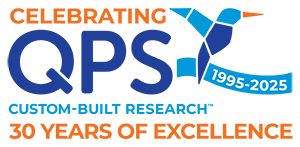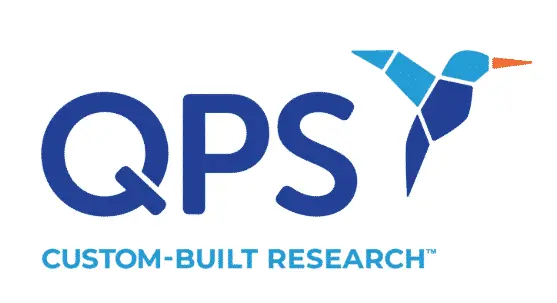Building on previous research that showed how epidural electrical stimulation (EES) can help restore walking ability in people with spinal cord injuries, neuroscientists have now identified the critical neurons involved and the role that neuronal remodeling plays in healing. EES uses an implanted device to deliver electrical pulses to the nerves in the lower spine. The researchers demonstrated that when paired with intensive training, EES helped people who had lost all sensation in their legs learn to walk again. This discovery could lead to better targeted therapies for people with spinal cord injuries and may have benefits beyond walking.
The results, reported in Nature, showed that nine study participants, including three who had complete paralysis and no sensation in their legs, regained the ability to walk after receiving training and EES treatment. After five months, all study participants could bear their own weight and take steps while using a walker. At this point, four people even regained their ability to walk without relying on the EES system. The researchers think that the stimulation helps spur healing in the spinal neurons that results in the locomotion network eventually being restored. “The amount of hope that it gives to people with spinal cord injury is incredible,” remarked Marc Ruitenberg, a neurologist at the University of Queensland in Brisbane, Australia.
Identifying Critical Neurons
The research, led by Grégoire Courtine, a neuroscientist at the Swiss Federal Institute of Technology in Lausanne, led to a counter-intuitive discovery. The research team observed that when EES was switched on in the study participants, nerve cell activity at the site of stimulation declined. A further investigation of this connection in injured mice — including EES treatment and training — yielded the same results.
Courtine and his team then examined gene activity across thousands of neurons in mouse spinal tissue. By applying a machine-learning algorithm to this data, they were able to identify a subpopulation of excitatory interneurons, nerve cells that connect motor and sensory neurons, that were likely responsible
for the EES-enhanced rehabilitation observed in the study participants. When the researchers silenced the selected neurons in injured mice, the EES system no enabled the animals to walk.
The decreased neural activity at the site during rehabilitation shows that learning has occurred, according to Courtine. “When you think about it, it should not be a surprise,” he says, “because in the brain, when you learn a task, that’s exactly what you see — there are less and less neurons activated” as you get better at it.
Future Possibilities
Although the same kind of experimentation is not possible in humans, researchers expect that the same neurons identified in the mouse studies are likely involved in the effect observed in humans. Gaining a clearer understanding of spinal circuitry in humans could eventually allow neuroscientists to use gene therapy to manipulate neuronal activity. Stem-cell therapies, for example, could potentially be used to replace specific neurons damaged in spinal cord injuries.
Benefits Beyond Walking
Walking is not the only concern for people with spinal cord injuries. Researchers at the University of Washington in Seattle have used EES, delivered through skin patches with electrodes placed on the neck, to restore arm movement and hand grip in six people with spinal cord injuries.
In addition, loss of bladder control, bowel control, and sexual function significantly impact quality of life among people with spinal cord injuries. Identifying the nerves responsible for these functions is among Courtine’s next goals. His start-up company, ONWARD, based in the Netherlands, is working to commercialize both external and implantable stimulation systems. The company will begin recruiting 70 to 80 participants in the United States for a new trial in 2024.
Did you enjoy this blog post? Check out our other blog posts as well as related topics on our Webinar page.
QPS is a GLP- and GCP-compliant contract research organization (CRO) delivering the highest grade of discovery, preclinical and clinical drug research development services. Since 1995, it has grown from a tiny bioanalysis shop to a full-service CRO with 1,100+ employees in the U.S., Europe and Asia. Today, QPS offers expanded pharmaceutical contract R&D services with special expertise in neuropharmacology, DMPK, toxicology, bioanalysis, translational medicine and clinical development. An award-winning leader focused on bioanalytics and clinical trials, QPS is known for proven quality standards, technical expertise, a flexible approach to research, client satisfaction and turnkey laboratories and facilities. Through continual enhancements in capacities and resources, QPS stands tall in its commitment to delivering superior quality, skilled performance and trusted service to its valued customers. For more information, visit www.qps.com or email info@qps.com.








